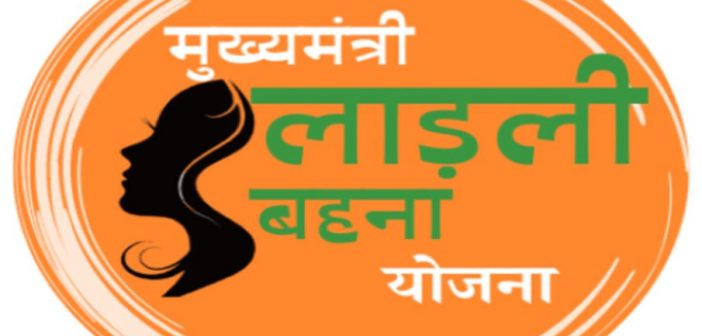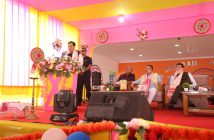The Ladli Behna Scheme, launched by the Indian government, is an initiative aimed at empowering women, particularly from underprivileged sections of society. This scheme focuses on enhancing the financial security of women and supporting their role in family and community development. Below is an in-depth analysis of its various aspects, from the subscription process to its pros and cons.
Popularity and Reach
Since its launch, the Ladli Behna Scheme has gained significant traction, particularly among rural women and lower-income groups. The scheme’s direct benefit transfer (DBT) mechanism ensures that enrolled women receive a monthly financial benefit, increasing its appeal.
The scheme is designed to assist women who are often overlooked in financial inclusion, including housewives, widows, and unmarried women. This targeted approach has made the scheme especially popular in states with large rural populations.
Subscription Process
To subscribe to the Ladli Behna Scheme, eligible women need to follow a few straightforward steps:
- Eligibility: Women must be citizens of India, and in most cases, the scheme is restricted to those from economically weaker sections. The age criteria usually range between 21 and 60 years. Income limits are set, and applicants must submit proof of income, residency, and identity.
- Application: Women can apply by visiting their nearest Common Service Centers (CSCs) or local government offices. Some states have also enabled online applications through dedicated portals, where forms can be filled and necessary documents uploaded.
- Verification: Once the application is submitted, the documents go through a verification process to ensure eligibility. This may take several weeks depending on the applicant’s location and the workload of the respective government office.
- Enrollment: After verification, successful applicants are enrolled in the scheme and begin receiving monthly payments directly into their bank accounts.
Monthly Costs
The Ladli Behna Scheme involves monthly financial support that varies by state and specific eligibility criteria. On average, women enrolled under this scheme receive around ₹500 to ₹1,000 per month. This amount is transferred directly to their bank accounts, ensuring transparency and reducing the chances of financial mismanagement or corruption.
While the financial aid may not be substantial for middle-class women, it is highly beneficial for those in lower-income brackets, helping them cover daily expenses or save for future needs.
Benefits of the Ladli Behna Scheme
- Financial Empowerment: The primary benefit of the scheme is the direct financial support provided to women, especially those without any regular income. This financial independence can play a significant role in uplifting their status within families and communities.
- Encourages Savings: The regular financial inflow allows women to save for emergencies, household needs, or personal development, contributing to long-term financial stability.
- Improves Social Standing: With access to their own money, women may have more decision-making power within their households, fostering greater equality and improving their overall quality of life.
- Health and Education Support: Many women use the money received from the scheme to pay for health care or children’s education, indirectly supporting their family’s well-being and future development.
- Increased Access to Bank Accounts: The scheme has also led to higher financial inclusion rates, with many women opening bank accounts for the first time to receive their payments.
Drawbacks of the Ladli Behna Scheme
- Limited Financial Support: While the financial aid is helpful, the monthly amount may not be sufficient to significantly improve living standards for families struggling with poverty.
- Dependency: There is a concern that some beneficiaries may become overly dependent on government aid rather than seeking long-term financial solutions, such as employment or entrepreneurship.
- Implementation Challenges: In rural areas, access to government offices or CSCs may be difficult, and the verification process can be slow. Illiteracy and lack of internet access further complicate the application process for women in remote regions.
- Lack of Awareness: Despite its popularity, many eligible women remain unaware of the scheme or face challenges in understanding the application process. Awareness campaigns are needed to ensure broader coverage.
- Exclusion of Middle-Class Women: Women who are slightly above the income threshold or who do not meet the rigid eligibility criteria are excluded, despite the fact that they might still benefit from such financial aid.
Pros and Cons at a Glance
| Pros | Cons |
|---|---|
| Financial support for economically weak women | Insufficient aid to fully uplift families |
| Empowers women with greater financial autonomy | Risk of dependency on government aid |
| Encourages savings and responsible financial planning | Slow and complex application process |
| Improves social standing within households and communities | Excludes middle-income women in need |
| Direct benefit transfer ensures transparency | Lack of awareness in rural areas |
Conclusion
The Ladli Behna Scheme is an important step toward empowering women, particularly in rural and low-income settings. Its popularity reflects a pressing need for financial inclusion among marginalized women in India. While the scheme has several benefits, including direct financial support, empowerment, and improved social standing, there are also notable challenges such as low financial assistance, dependency risks, and implementation issues. For the scheme to fully realize its potential, increased awareness, streamlined processes, and more comprehensive support would be crucial.





